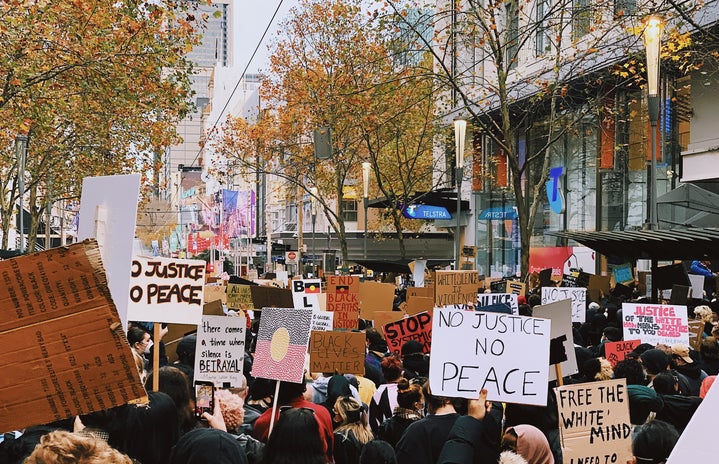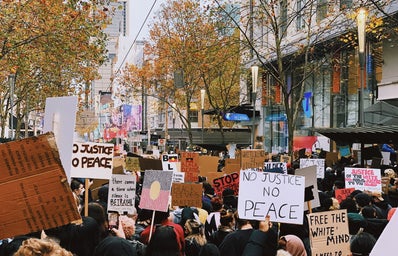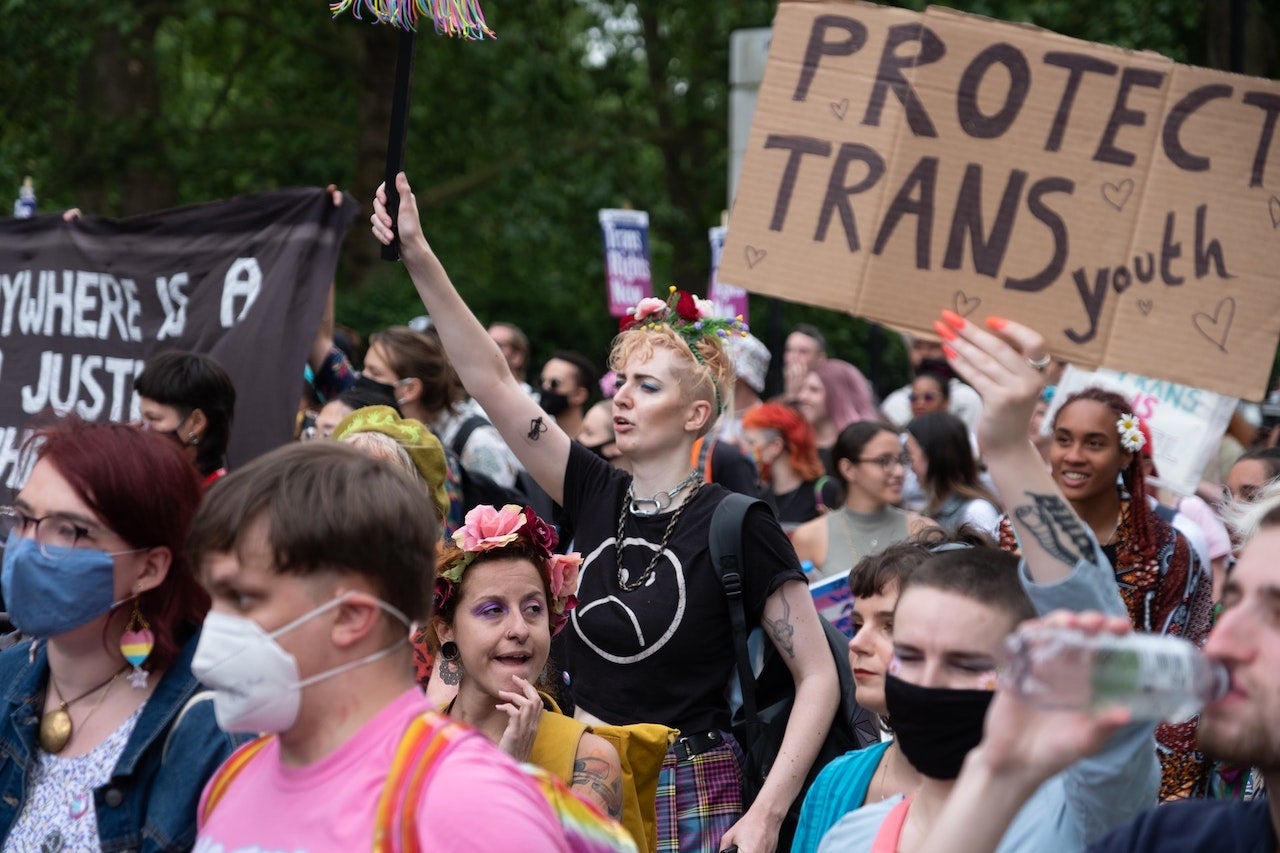Protest culture has always been a major part of the American political realm. From the Civil Rights Movement of the 1960s to the rise in climate change campaigns, it’s safe to say that organizing demonstrations plays a large role in American politics.
Why is protest culture so strong in the United States? Two major political liberties that the United State Constitution guarantees to citizens is the freedom of speech and freedom to organize/assemble. Oftentimes protests occur due to the fact that people feel that their concerns are not being addressed. In the case of the Black Lives Matter Movement, activists fight against the institutionalized racism of the United States that lawmakers tend to ignore or brush over. Due to the fact that the Constitution protects rather than hampers Americans’ ability to protest, many citizens utilize their ability to organize around issues they care about.
A unique relationship exists today between social movements and social media that has not been previously seen. Social media platforms such as Instagram and Facebook are particularly essential to modern day protest culture. Facebook, which has existed since 2004, has been used to spread the word about protests happening locally. Additionally, many different social movement Facebook Groups have been produced where Facebook users can join said group that revolves around a cause they believe in. Instagram, which has lived on the worldwide web since 2010, is a place where many activists publish infographics with information about causes they are pushing. Social media platforms such as these two can exist as digital spaces for organizers to spread the word about their movement, which is why so many activists have social media training in their toolboxes.
Despite social media hosting a plethora of benefits for organizers and their causes, some controversy also exists within the relationship between social media and protest movements. There has been backlash against what is known as digital activism, or cyberactivism, which really took off following the George Floyd protests of 2020. This phenomenon encompasses what was mentioned earlier with the Internet being used as a way of mobilizing people to join social movements; it also includes users reposting or using hashtags to show their support for an issue. Some people believe that this allows individuals to engage in a “lazy” sort of political correctness. Slacktivism is the phrase for this, where people put on the facade that they are doing something for a cause when in all reality they are simply reading half an infograph and then reposting it. The debate around slacktivism is polarizing; it is an engaging way to look at the realm of activism but should be taken with a grain of salt.
Social media has made activism evolve exponentially in the United States. Even though protest culture in the United States looks much different in 2023 than it did in the 1960s, arguably there are more benefits to this evolution, such as the increasing accessibility to protest culture. Social media expands accessibility in many ways; it spreads the word about local demonstrations but it also allows individuals such as those with disabilities to engage in activism around issues they care about when they may have physically prevented from doing so previously. Like everything, a balance needs to exist within this relationship between social media and social movements.



